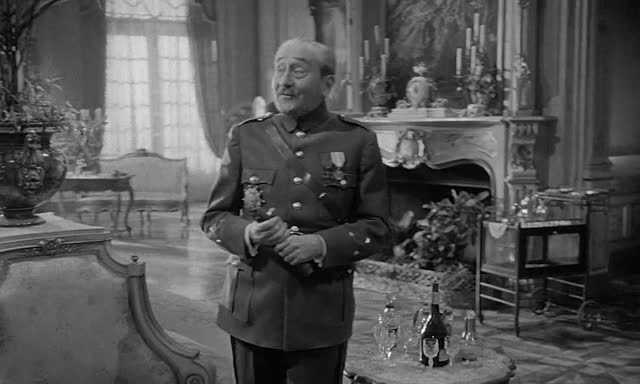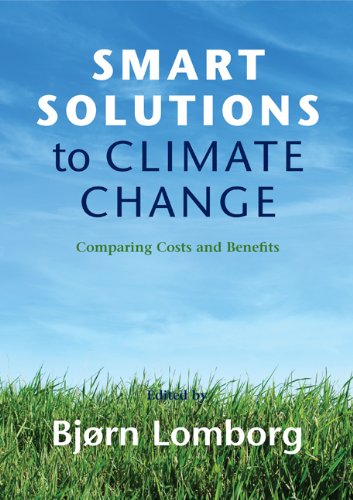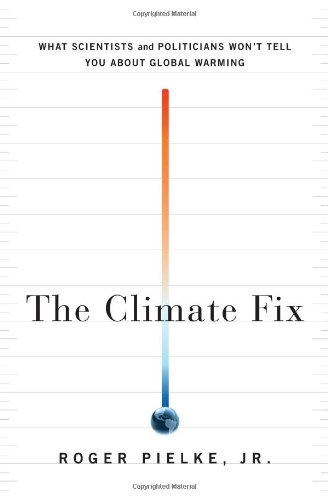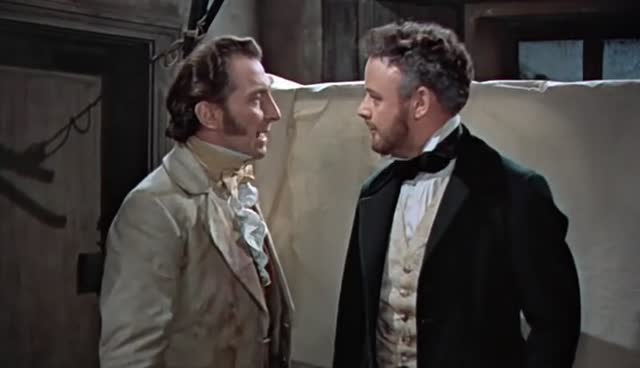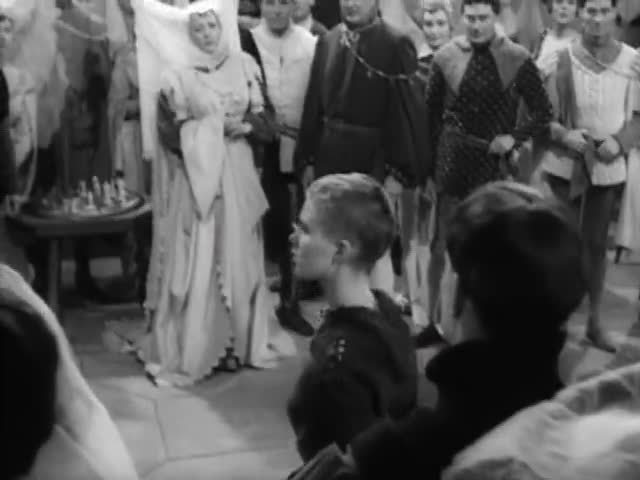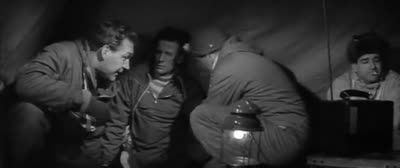Paths of Glory (1957, USA, Kubrick)
Yes yes it ‘s a great movie. Watched it before, many times, and again now. But let’s look at it from a new perspective: Is this movie really implying that the chief problem with the armies that fought World War I was the occasional bad apples, like ambitious general or a drunken cowardly officer? Because it seems to me that even if these two people hadn’t been present in the story, the death count – hundreds in the battle scene – would be almost exactly the same. So, what, executing three extra soldiers on a phony cowardice charge, that is more unfair than what happened to all their comrades? Btw, Kirk Douglas in a uniform looks very much like Bruce Boxleitner in Babylon 5. Yay!
Bop Girl Goes Calypso (1957, USA)
There were a lot of movies in 1957 which tried to cash in on the rock’n roll craze by telling stories about washed up music executives who were trying to cash in on the rock’n roll craze, but, surprisingly, there were almost as many movies dedicated to calypso, the most annoying form of music ever stolen by the white man. If Cthulhu dreams in music, that music is calypso. Watched: Hard to say, it’s all a blur, like a nightmare you know you must not remember, or it will drive you mad.
